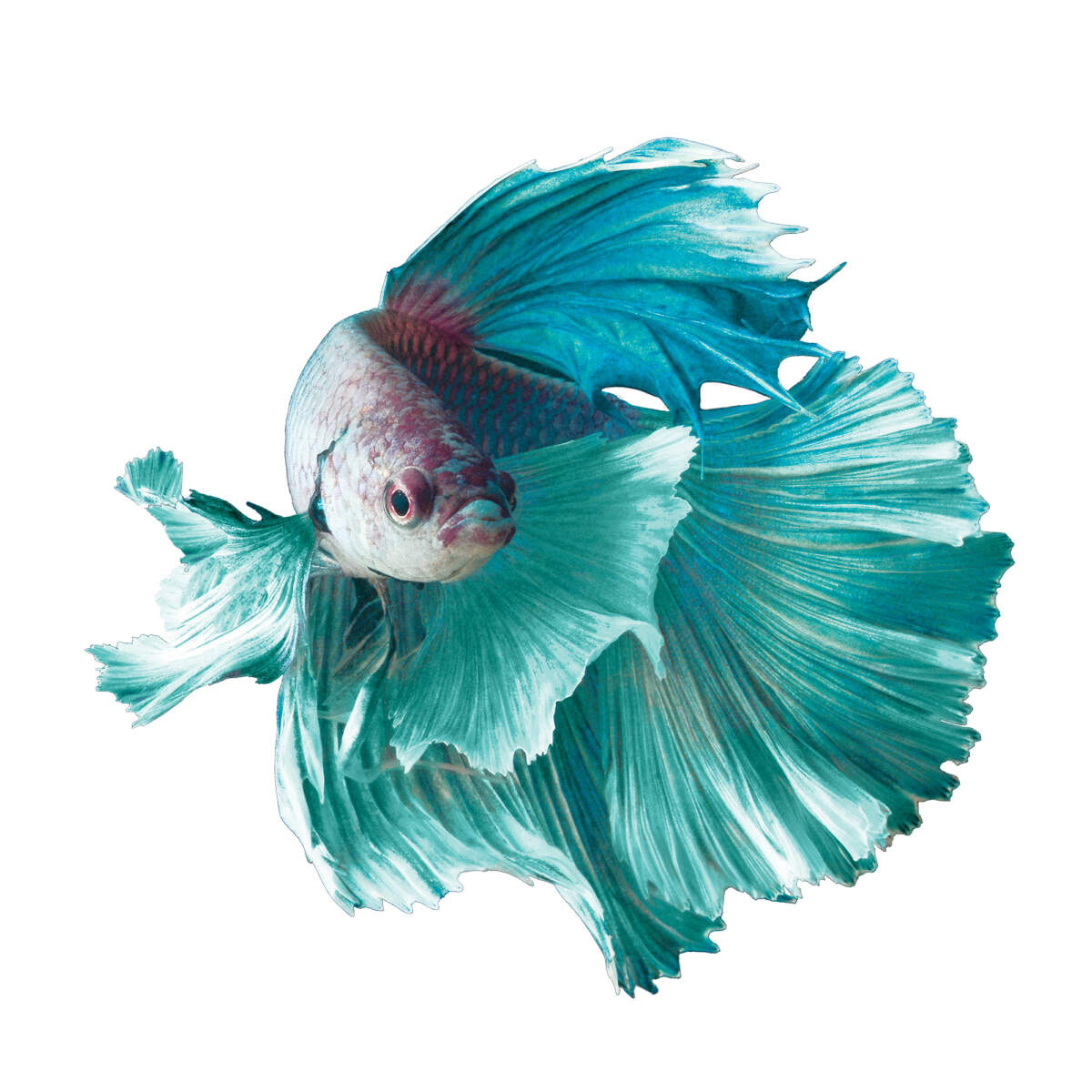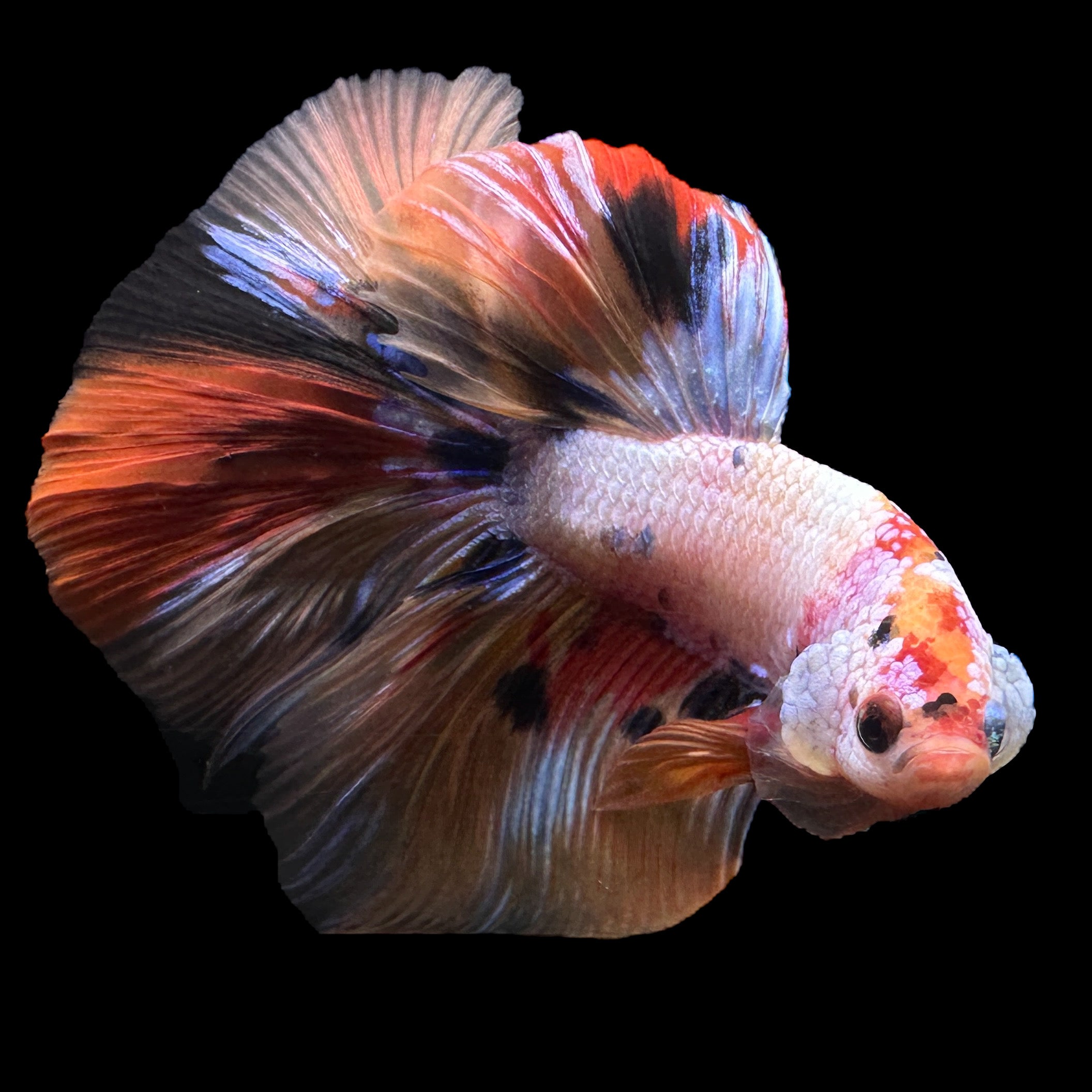The Ultimate Betta Fish Care Overview for New Animal Owners
The Ultimate Betta Fish Care Overview for New Animal Owners
Blog Article
Reproducing Betta Fish: a Comprehensive Step-By-Step Guide to Efficiently Raising Infant Bettas From Eggs to The Adult Years
Reproducing Betta fish is a thorough undertaking that needs careful planning and implementation to guarantee the successful growth of fry from eggs to mature fish. As the male Betta faithfully constructs a bubble nest and guards the priceless eggs, the subsequent phases of care and shift demand focus to information and expertise of finest techniques.

Picking Breeding Pairs
When getting started on the trip of reproducing Betta fish, choosing the best reproduction sets is critical to achieving preferable traits and a healthy lineage - betta fish. The primary step in this procedure is to recognize the specific attributes you desire to improve or protect, such as color, fin kind, and physique. It is necessary to pick genetically diverse sets to prevent inbreeding, which can cause health issues and unfavorable features
Evaluate prospective reproducing candidates thoroughly. A healthy and balanced male Betta needs to show dynamic shades, an active attitude, and well-formed fins, while the female needs to additionally show vibrant coloration and a rounded stomach, indicating readiness for spawning. Observing the personality of both fish is vital, as hostile or overly timid individuals may not reproduce effectively.
Maintaining documents of the moms and dad fish's origins can aid you track genetic qualities and possible problems. Ultimately, investing time in the selection procedure will significantly improve the likelihood of creating strong, vivid children that meet your reproduction objectives.

Preparing the Breeding Container
Developing an optimum reproduction setting is a vital step after selecting ideal sets for Betta fish. The breeding storage tank should be especially developed to offer convenience and stimulate the natural reproduction behaviors of the fish. Begin with a tank dimension of a minimum of 10 gallons to make sure sufficient space for both the male and female Bettas.
Preserve a mild filtration system to maintain the water clean while staying clear of strong currents that can stress the fish. Furthermore, an air rock can be included in supply oxygenation without interrupting the water surface excessive.
Temperature guideline is important; go for a steady variety of 78-82 ° F(25-28 ° C) making use of a reputable heating unit. The pH degree must be kept between 6.5 and 7.5, and regular water modifications are required to make sure high water top quality.
Integrate floating plants or generating sponges to develop concealing areas for the lady, while additionally urging bubble nest structure by the male - betta fish. Make sure the container is totally free from sharp designs and any kind of prospective threats, as the welfare of the fish ought to constantly be prioritized throughout this crucial stage of reproduction.
The Reproduction Refine
Commonly, the breeding procedure for Betta fish entails a collection of distinct and observable behaviors that suggest preparedness for recreation. The male Betta starts by developing a bubble nest at the water's surface, which offers as a Full Report website for the fed eggs. This nest is critical, as it offers a risk-free setting for the eggs up until they hatch out.
When the nest is established, the man will certainly show courtship actions, such as flaring his fins and showing vibrant shades to attract the lady. The lady, upon noticing the male's readiness, will certainly respond by showing upright stripes along her body, signifying her receptiveness.
When the women approaches, the male engages in a mating dance, typically causing a welcome referred to as the "spawning." During this embrace, the female releases her eggs, which the male fertilizes instantly. The fed eggs then are up to the bubble nest, where the male thoroughly collects and returns them to the nest. Following this, the male thinks duty for securing the nest and guaranteeing the safety of the eggs up until they hatch, normally within 24-36 hours. This phase is important in the reproducing procedure, laying the foundation for effective fry growth.
Taking Care Of Betta Fry
Caring for Betta fry requires cautious attention to their atmosphere and nourishment to guarantee healthy and balanced development and development. After hatching out, Betta fry are exceptionally tiny and at risk, demanding a stable and tidy habitat. Preserving a water temperature between 78 click here to find out more ° F and 80 ° F is vital, as Betta fry prosper in warm problems. Additionally, make sure that the water is devoid of hazardous toxic substances; regular water modifications of 10-20% are advised to preserve optimal water quality.
Feeding Betta fry is just as essential. They must be provided infusoria or carefully smashed top notch fry food, as their mouths are too tiny to deal with bigger particles. As they expand, you can slowly introduce bigger foods, such as infant brine shrimp or powdered flakes, to ensure they get adequate nutrition. Feed them small amounts several times a day, taking care not to overfeed, which can lead to water high quality problems.
Transitioning to Grownup Bettas
As Betta fry fully grown, transitioning them to grown-up Bettas is an important stage that needs cautious management of their environment and social interactions. This more info here process generally begins when the fry get to around 6 weeks old, whereupon they can be gradually introduced to a much more organized living environment.
To facilitate this change, it is necessary to ensure that the water specifications-- such as temperature level, pH, and ammonia degrees-- are ideal and steady. Grown-up Betta fish flourish in cozy water (around 78-80 ° F) with a pH of 6.5 to 7.5. Slowly adjust the fry to these conditions to lessen anxiety.
Social communications are an additional vital aspect; man Bettas are notoriously territorial and hostile. It is a good idea to separate men into private tanks as they mature. Female Bettas can be housed with each other, but treatment needs to be taken to check for signs of aggressiveness.
Furthermore, nutritional modifications should be made as the fry grow. Incorporate high-quality pellets and live foods to support their development and health and wellness. By handling these variables effectively, you can advertise an effective shift to the adult years for your Betta fish.

Conclusion
Successful breeding of Betta fish calls for cautious attention to detail throughout the whole procedure, from selecting genetically diverse sets to providing optimal care for fry. In addition, a balanced diet and steady adjustment to grown-up environments are critical for the development and growth of Betta fish.
Report this page